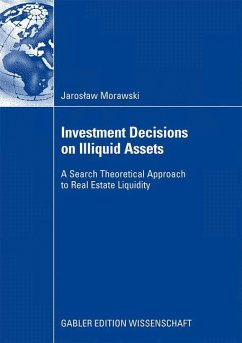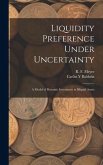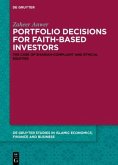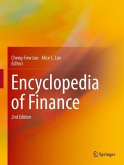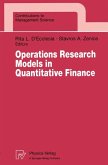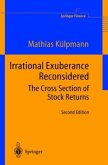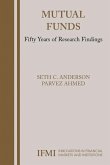The Portfolio Selection Model developed by Markowitz in the 1950s offers a theore- cally founded approach to combining securities into a utility-optimizing investment portfolio, that is, a portfolio leading to the best possible trade-off between the expected return and investment risk. However, when applied in practice, the model often rea- es its limits as soon as certain central assumptions are not fulfilled. This holds es- cially for the assumption of perfect liquidity of all assets in the portfolio, that is, the ability of selling or buying any of these assets at any time immediately and without influencing its market price. A serious additional source of investment risk may arise when no organized and centralized market for a specific asset exists that would d- close the currently prevailing price level, and when the valuations of the asset differ strongly among market participants. Examples of such assets characterized by limited liquidity and valuations' heterogeneity are direct real estate investments, private eq- ty, and many other privately traded goods. A number of rather simple extensions to the Markowitz model allowing for listed - curities with limited liquidity have been developed to date. They are usually based on a price discount due to the lacking ability of an immediate sale. The work of Mora- ki, however, goes further and offers a complex model of market participants' behavior on illiquid markets with heterogeneous expectations.
Bitte wählen Sie Ihr Anliegen aus.
Rechnungen
Retourenschein anfordern
Bestellstatus
Storno

